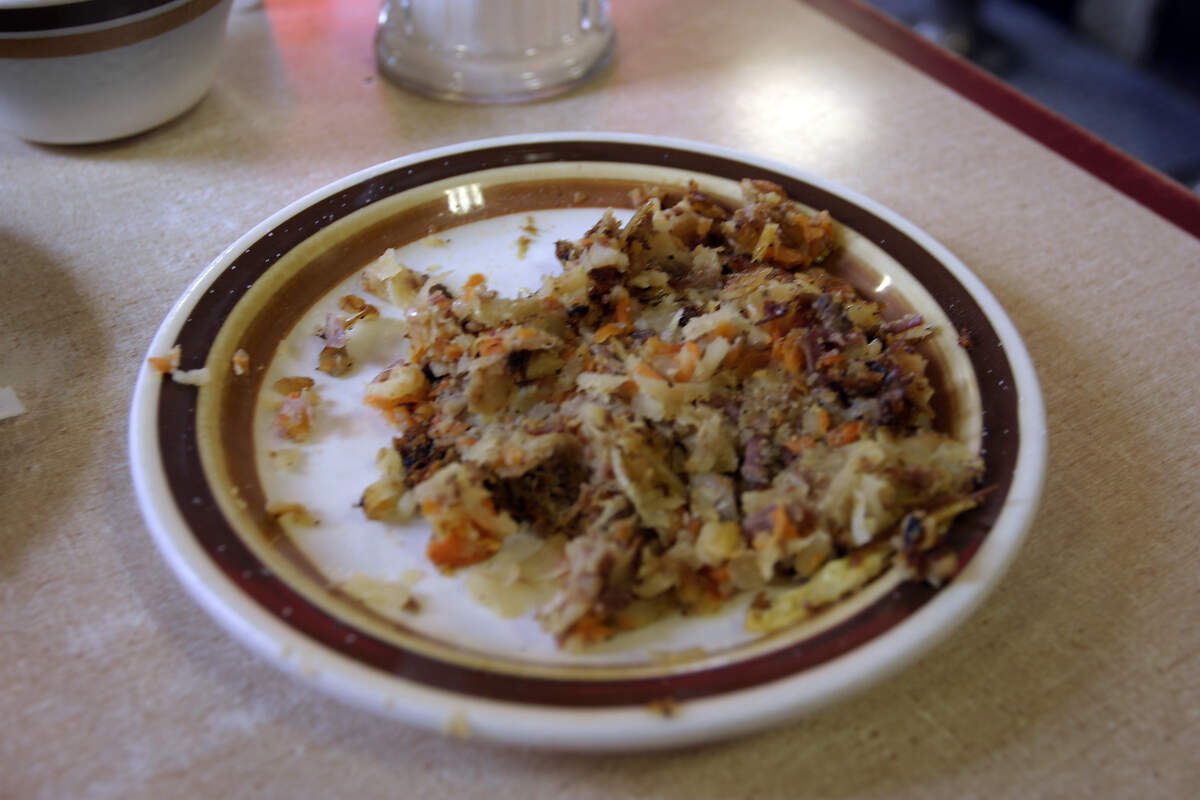

Corned Beef and Cabbage Day
Corned beef and cabbage is such an integral part of St. Patrick's Day that it has its own holiday on the same date. Irish Americans celebrate their homeland and heritage with St. Patrick's Day, and corned beef and cabbage is the celebratory meal they eat on that holiday. It is an Irish-American dish that began being made by Irish immigrants in the mid-nineteenth century—it is not a food associated with the holiday in Ireland or commonly eaten there in general.
Corned beef is cured in a brine of salt and seasonings. The "corn" in the name refers to the coarse grains of salt in the brine—the term "corned beef" was coined by the British in the seventeenth century to describe these corn-sized-crystals of salt. The beef is usually either brisket or round roast, and along with cabbage, potatoes and carrots are often used in recipes. The ingredients are stewed in water over a long period of time.
Historically, pigs were bred and eaten more than any other animal in Ireland. A similar traditional meal there consisted of salt pork or bacon joint with cabbage and potatoes. Beef was only eaten by the rich, and cows were used for dairy and for working in the fields. Early in Ireland's history, cows were also viewed as being sacred.
When England took over much of Ireland, beef began to be eaten there more. Cattle from Ireland were also exported to England, but with the Cattle Acts of 1663 and 1667 this was banned, and more meat was used for salted beef (corned beef) production in Ireland. Corned beef also began being more popular in Ireland because they had a low salt tax compared to England. This corned beef began supplying England and America, but it was much different than the corned beef we know today and associate with St. Patrick's Day—it was much saltier. Also, many Irish in the homeland could scarcely still afford this corned beef, and instead continued to eat salt pork or bacon with potatoes.
At the end of the eighteenth century, the North American colonies began making their own corned beef and the demand for the Irish corned beef declined. The new corned beef was cheaper than pork and bacon and became a staple in Jewish communities in America during the following century. Irish immigrants often settled near Jewish neighborhoods and shopped at Jewish butchers. The Irish immigrants, who also generally made more money than they had in Ireland, substituted the pork and bacon they were accustomed to for the similarly textured corned beef, which was different than the corned beef that their forebears had made. Corned beef and cabbage grew into an Irish-American dish, became the meal associated with St. Patrick's Day, and now even has its own holiday: Corned Beef and Cabbage Day!
How to Observe Corned Beef and Cabbage Day
Celebrate the day by making some corned beef and cabbage! If you don't feel like cooking, you could eat some at a restaurant. As it is also St. Patrick's Day, there likely are more places serving it today than on other occasions.


















